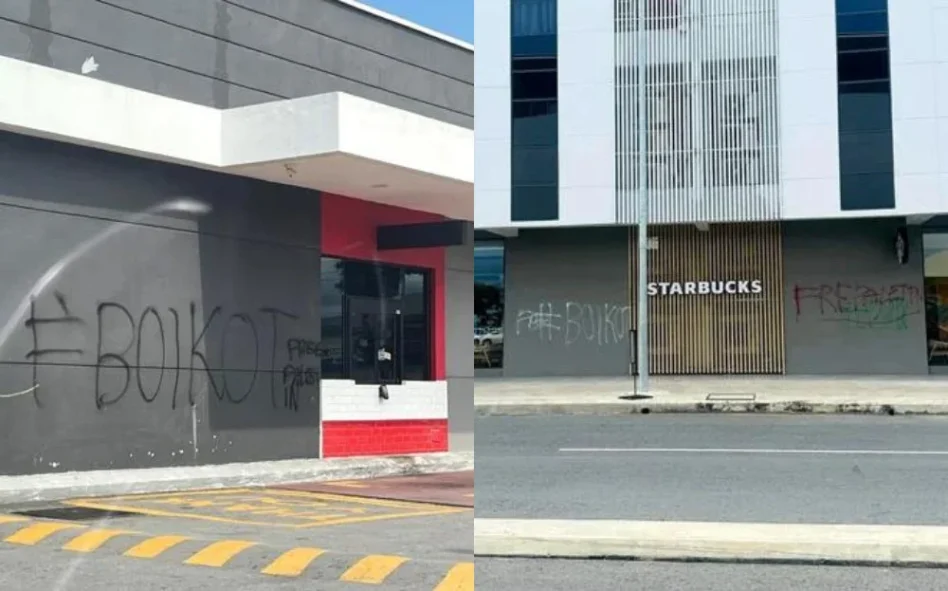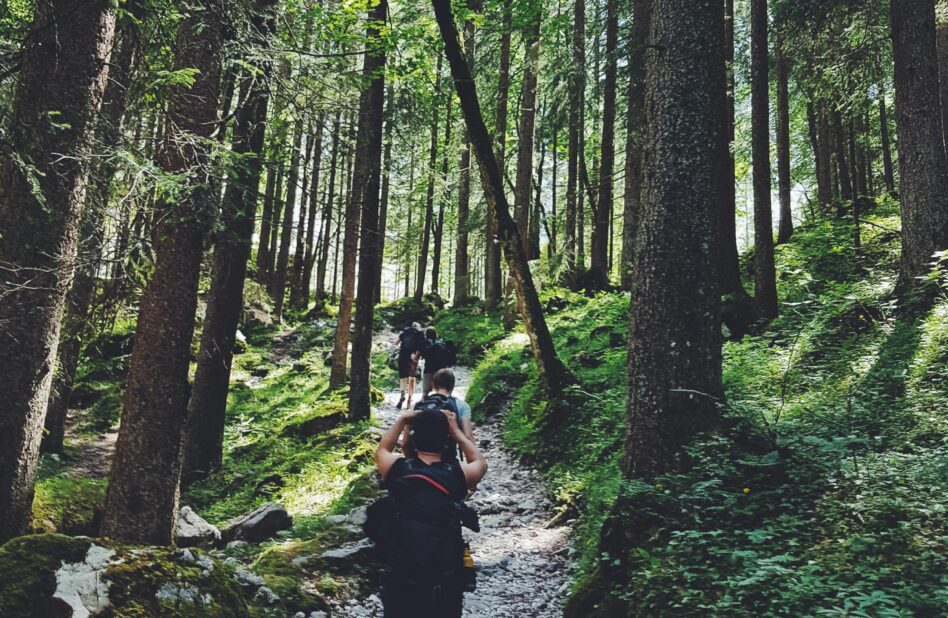By Sharina Ahmad
THE theme park is among businesses that have taken a beating following the Covid-19 outbreak. As both domestic and foreign tourists shy away from crowded places, there has been a dramatic decrease in the number of visitors to such parks. Even before the virus outbreak, theme parks especially those outside the Klang Valley were not getting the numbers to sustain operations.
Last month, the RM520 mil Movie Animation Park Studios (Maps) in Ipoh closed down. It was opened to the public only in June 2017. The closure notice was issued by the Receiver and Manager of Animation Theme Park Sdn Bhd (ATP) from Messrs Ernst & Young.
“With such magnitude and investment, come high expectations. It will affect the number of visitors going to Ipoh having more choices. The state has lost one landmark which could have attracted more local tourists to Ipoh,” Malaysian Association of Amusement Theme Park & Family Attractions (MAATFA) president Tan Sri Richard Koh tells FocusM.
Similarly, the Sanrio Hello Kitty Town theme park in Puteri Harbour building in Johor Bahru reportedly closed down on Jan 1, but this is unlikely to have a major impact on Johor’s tourist arrivals. Welcoming visitors since 2012, the theme park cost some RM110 mil to build.
The Puteri Harbour building also houses a number of other attractions, including a Thomas Town indoor park, which closed down at the same time.
Sanrio Hello Kitty Town is operated by Themed Attractions Resorts & Hotels Sdn Bhd (TAR&H), a subsidiary of Khazanah Nasional Bhd. TAR&H’s key portfolio comprises Adventure Waterpark Desaru Coast, Legoland Malaysia, KidZania Kuala Lumpur & KidZania Singapore.
Based on the latest filing on the Companies Commission of Malaysia (CCM), TAR&H has been in the red since its financial year ended Dec 31, 2014 (FY14) with a net loss of RM1.9 mil. It continued to make losses in FY15 (RM37.72 mil), FY16 (RM52.41 mil), FY17 (RM32.51 mil) and the recent FY18 (RM398.64 mil).
Other loss-making companies based on CCM filings include Sentoria Themeparks & Resort Sdn Bhd and Bukit Merah Resort Sdn Bhd.
Sentoria Themeparks & Resort operates Bukit Gambang Resort City – an integrated resort city sprawling across 294.2ha of secondary jungle in Gambang, Pahang. The company posted a net loss of RM7.06 mil for FY14 ended Sept 30, FY15 (RM1.24 mil) and FY16 (RM1.65 mil). In FY17, the company returned to the black with a net profit of RM191,948. However, in FY18, it posted another net loss of RM3.51 mil.
Nevertheless, Bukit Merah Resort Sdn Bhd which operates the Bukit Merah Laketown Resort in Taiping, Perak has been making losses over the last 13 years. According to the latest available results filed on CCM, the theme park operator posted a net loss of RM10,398 for 2011 and RM62,407 for 2007.
Bukit Merah Laketown Resort is famous for its 10-foot “giant wet bubble”, the only one of its kind in the country and Southeast Asia.
Amongst the most popular theme parks that have been closed down is Desa Waterpark in Kuala Lumpur. It was closed on Sept 30, 2016 after 16 years of operation. Desa Water Park, operated by Berjaya Group, was popular in its early days, probably because the Klang Valley lacked water parks back then.
But when more such parks, like Sunway Lagoon, were built, Desa WaterPark started to lose its appeal.
Another theme park which shut its operations is Wet World Adventure Park in Penang (2013-2014). This theme park was located at Moonlight Bay, Batu Ferringhi and was touted as one of Asia’s first seawater adventure parks. In less than a year of operation, the park closed rather abruptly. There were complaints that the public beach was not accessible and admission tickets were too expensive.
Is location important?
According to MAATFA president Koh, location plays an important role in attracting visitors, likening location to putting the right thing at the right place.
“Yes, it’s always about location. Location with a big local population base to make a decision. We need the local population to be able to sustain the park’s sustainability. It’s also the theme concept and the right selection of the various attractions not just about putting all the rides equipment from the manufacturer’s catalogue.
“Many mistakes are made by investors. (They) Think that building a theme park is just like building any property development. Most don’t understand that many failures are due to improper planning on the smooth operation flow of visitors. (And) Using the right materials for different purposes.
“Many operational safety issues and problems they never understand between a waterpark and theme park. Everyone can just build a park then have hiccups when they come to operate and maintain it.
“They realise the biggest mistakes by not taking seriously the operation of the safety and comfort and convenience of the guests. Many times they end up spending more money redoing what should have been done in the first place,” says Koh.
However, he has witnessed a handful of theme parks and attractions recording good visitor growth such as Jungle Gym, Kidzania KL, Sunway Lagoon and Genting Themepark.
“So it’s all about proper layout, design and selection of all elements come into play in making a theme park and attraction successful. There should be enough focus on new customers as well as retaining loyal ones.
“Old, new, big, small theme parks continue to learn and we offer the best platform for them to share best practices, to brainstorm dynamic ideas to move the dial within this industry and a collective voice is always greater, especially in getting support from other parties,” Koh adds. MAATFA is an association that represents members’ interests in all matters relating to the operation of family entertainment centres.
Impact of coronavirus outbreak
Asked on the impact on the coronavirus outbreak, Koh says all industry players are feeling the pinch from Covid-19.
“While we have yet to see excessive retrenchment exercises, it’s in the process as everyone is tightening their belts and cutting costs and unnecessary spending.
“This would start a ripple effect in efforts to improve products and services in this industry. We are focusing on local tourists with Visit Malaysia 2020 (VM2020) and Malaysian Association of Tour & Travel Agents (MATTA) (travel fair),” he says.
Koh shares that visitorship in January, post-Chinese New Year, dropped 38%, and that in the first 20 days of February, patronage tumbled by a staggering 80%.
At this point in time, Koh says with the uncertainties presented by Covid-19, outbound travel will continue to be sluggish as domestic sentiment is equally concerned about safety and health issues.
“Nonetheless, industry players are hoping to see recovery in the second half of this year, within six to nine months as we make more efforts to revive business performance,” he adds. – Feb 28, 2020









